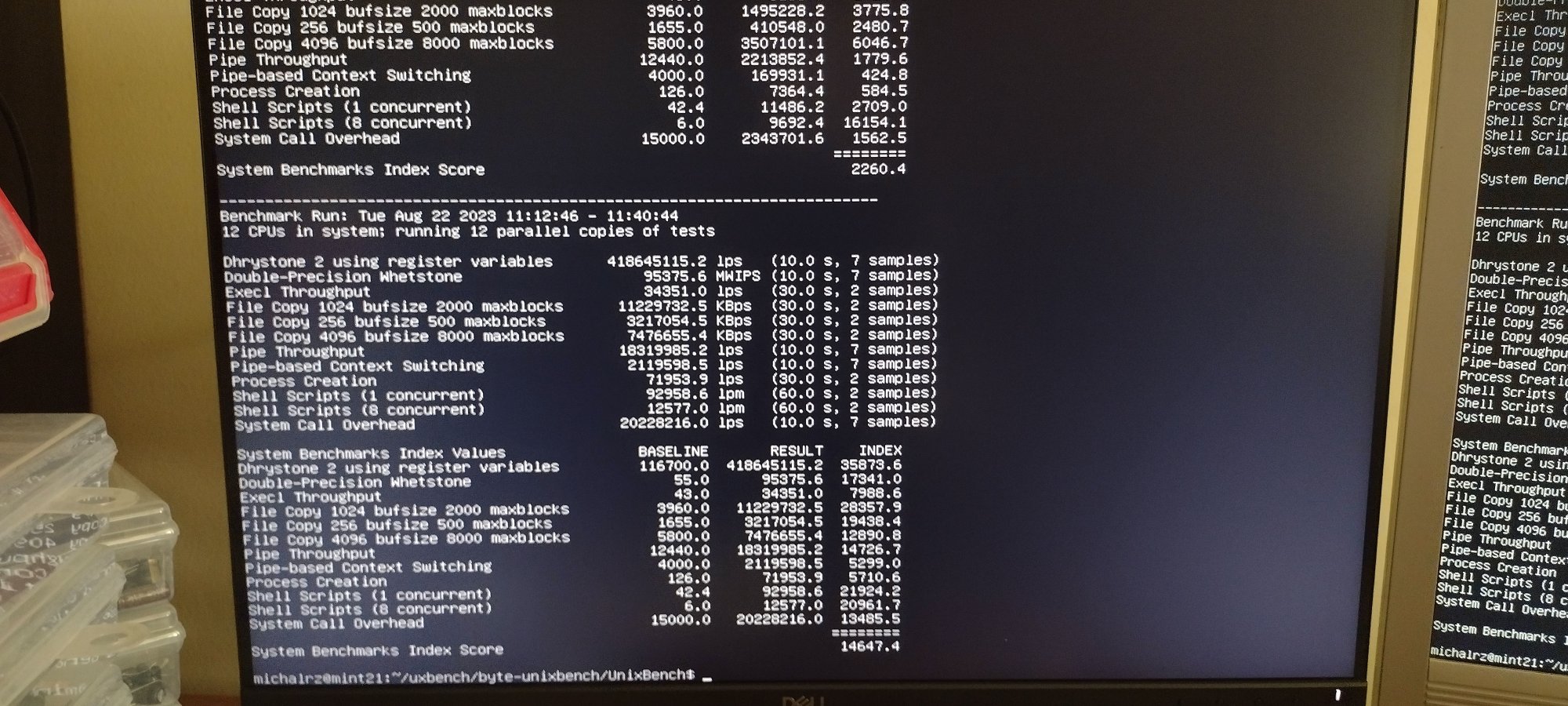erek
[H]F Junkie
- Joined
- Dec 19, 2005
- Messages
- 10,908
Pretty cool
“Loongson 3A6000 uses the new LoongArch architecture, a poorly documented ISA which was mostly derived from MIPS. The RISC-based MIPS architecture was developed by the namesake US company, which retired the technology in 2021 and adopted the RISC-V architecture. Loongson continued MIPS development after licensing the MIPS32 and MIPS64 architectures in 2011, and LooongArch is speculated to include design choices derived from both MIPS and RISC-V.
Even if performance claims over CPU hardware are true, Loongson will likely have a more difficult time on the software front. Linux kernel and operating systems still don't provide full support for the LoongArch ISA, and a working Windows version that could run on the new processors is clearly out of the question.”

Source: https://www.techspot.com/news/99718-china-loongson-reveals-new-3a6000-cpu-claims-performance.html
“Loongson 3A6000 uses the new LoongArch architecture, a poorly documented ISA which was mostly derived from MIPS. The RISC-based MIPS architecture was developed by the namesake US company, which retired the technology in 2021 and adopted the RISC-V architecture. Loongson continued MIPS development after licensing the MIPS32 and MIPS64 architectures in 2011, and LooongArch is speculated to include design choices derived from both MIPS and RISC-V.
Even if performance claims over CPU hardware are true, Loongson will likely have a more difficult time on the software front. Linux kernel and operating systems still don't provide full support for the LoongArch ISA, and a working Windows version that could run on the new processors is clearly out of the question.”

Source: https://www.techspot.com/news/99718-china-loongson-reveals-new-3a6000-cpu-claims-performance.html
![[H]ard|Forum](/styles/hardforum/xenforo/logo_dark.png)
